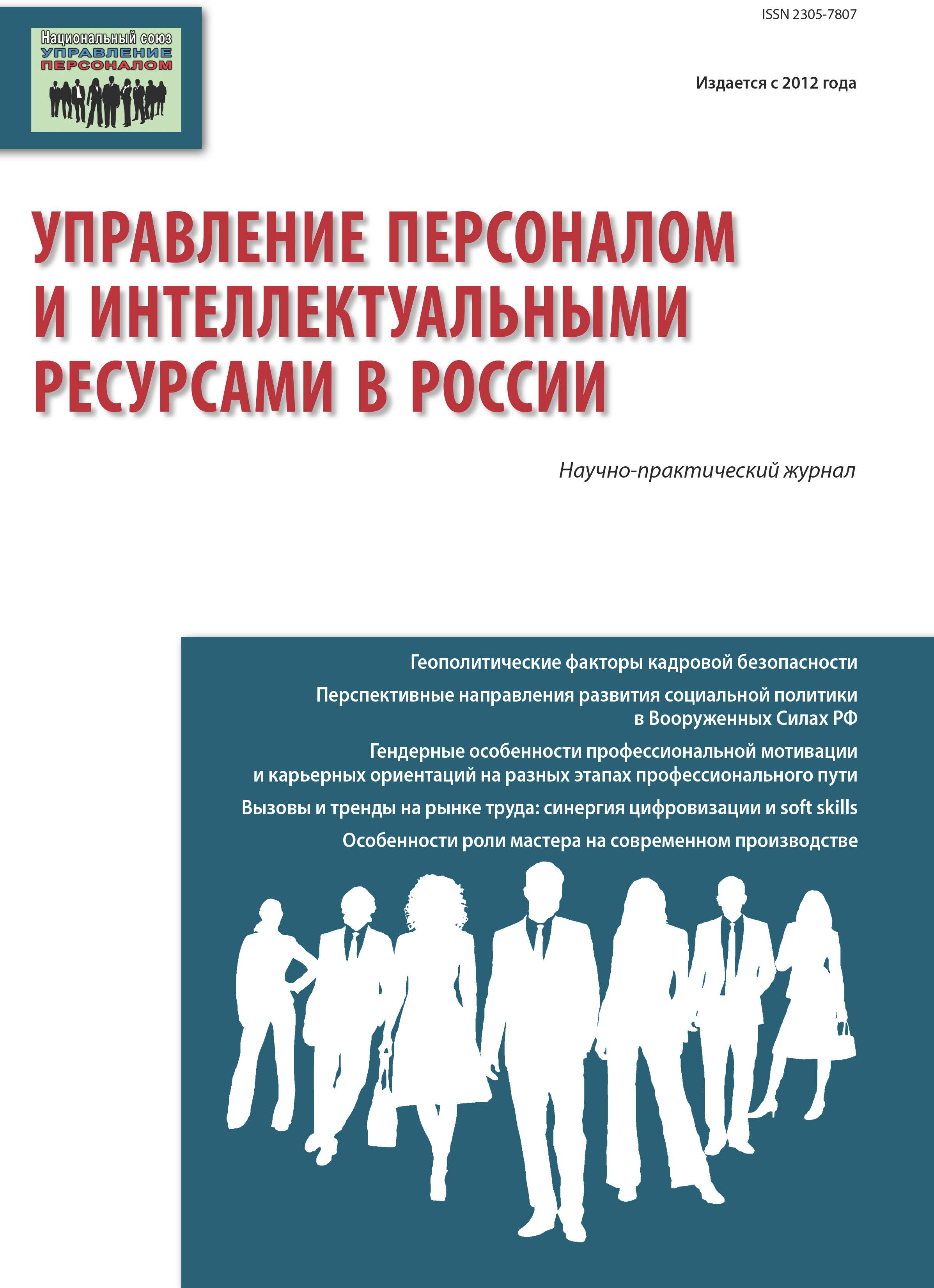The paper analyzes motivational personnel management strategy within the conditions of transiting to the innovative economy and evidences the objective need and nature of the new approach to management. The subject of inquiry is the system of innovation-oriented human resource management (HRM) system, created with the aim to facilitate sustainable growth of human resources potential. The author’s model of how such a system functions reveals the essence of managerial activity in the aspect of utilizing and developing personnel innovative potential for the purpose of enhancing competitive stance of the organization. As the conceptual apparatus of the issue in hand is rather debatable the author fi nds it reasonable to specify meaning of such concepts as «personnel», «human resources», «innovative potential» and «innovativeness of the personnel». Assuming that in the realities of innovative economy organizational staff ’s innovative potential is an essential quality, refl ecting the degree of personnel’s innovativeness in terms of capabilities to generate new knowledge, and further to transform these knowledge in practical innovations, thus contributing to business worth and competitiveness of the employing company. Motivational strategy of personnel management is considered because it serves as the key element of the innovations-oriented HRM, which is of particular importance for achieving organization’s strategy goals. To successfully implement motivation strategy of personnel management there should be in place some powerful incentive system, conducive to systematical growth of workers’ innovation potential based on up-to-date motivational techniques, tools and methods. The paper focuses mainly on corporate business-training and gives priority to extended forms of training and couching, which, as the author shows, are capable of forging strong incentives for professional and intellectual development of personnel and enhancing the workers’ competitiveness in terms of innovations. The author presents fi ndings of her own research, which are helpful in identifying top trends in modern HRM development and ways to improve incentives to motivate personnel under conditions of building the innovative economy in Russia.
personnel, human resources, personnel management, human resources management (HRM), innovations-oriented HRM, innovative potential, motivation, incentive system, motivational strategy, business training.
ИННОВАЦИОННО ОРИЕНТИРОВАННОЕ УПРАВЛЕНИЕ ЧЕЛОВЕЧЕСКИМИ РЕСУРСАМИ
В основе разработки любой стратегии, как известно, лежит постановка цели, которая структурируется при помощи построения так называемого дерева целей, которое предполагает достижение цели верхнего уровня посредством реализации целей нижнего уровня. Основоположником «управления по целям» является Питер Друкер. Предложенная им оценка достижения целей через ключевые показатели эффективности – KPI (англ. Key Performance Indicators) сегодня чрезвычайно популярна. «Управление по целям» (Management by Objective) представляет собой основу современного стратегического менеджмента.
В аспекте рассматриваемой проблемы последовательность постановки целей будет следующая:
- определение стратегической цели инновационного развития организации (предпринимательская цель);
- повышение инновационности персонала – цель инновационно ориентированного управления человеческими ресурсами (УЧР);
- формирование инновационно ориентированной системы мотивации персонала, дифференцированной по его категориям.
1. Borisova N.N. Innovatsionno orientirovannoe upravlenie chelovecheskimi resursami. M.: Kreativnaya ekonomika. 2014. 132 s.
2. Vesnin V.R. Upravlenie personalom. Teoriya i praktika: uchebnik. M.: Prospekt, 2011. 688 s.
3. Vilyunas V.K. Psikhologicheskie mekhanizmy motivatsii cheloveka. M.: Izd-vo MGU, 1990. 283 s.
4. Genkin B.M. Motivatsiya i organizatsiya effektivnoy raboty. M.: Norma, 2011. 351 s.
5. Zinov V.G, Lebedeva T.Ya., Tsyganov S.A. Innovatsionnoe razvitie kompanii. Upravlenie intellektual´nymi resursami. M.: Izd. Delo, 2010. 245 s.
6. Kibanov A.Ya., Batkaeva I.A., Mitrofanova E.A., Lovcheva M.V. Motivatsiya i stimulirovanie trudovoy deyatel´nosti: uchebnik / pod red. A.Ya. Kibanova. M.: INFRA-M, 2010. 524 s.
7. Kibanov A.Ya. «Upravlenie personalom» i «upravlenie chelovecheskimi resursami»: sushchnost´, skhodstva i razlichiya ponyatiy / A.Ya. Kibanov. Kadrovik. 2013. № 8. S. 68-78.
8. Maslou A. Motivatsiya i lichnost´ / A. Maslou. M., 2003. 352 s.
9. Odegov Yu.G. Upravlenie personalom v strukturno-logicheskikh skhemakh: uchebnik. M.: Akademicheskiy proekt, 2005. 1088 s.
10. Richi Sh., Martin P. Upravlenie motivatsiey: per. s angl. / pod red. prof. E.A. Klimova. M.: YuNITI-DANA, 2012. 400 s.
11. Toffler E. Tret´ya volna: vvedenie: per. s angl. M.: AST, 2010. 784 s.
12. Shapiro S.A. Motivatsiya i stimulirovanie personala. M.: GrossMedia, 2005. 224 s.






